What did buildings look like?

Walls in homes and mosques were decorated with colourful patterns like this one.
Many buildings had patterns on them made with tiles.
Others had handwriting called calligraphy on them with words from the holy book, the ˛ĎłÜ°ů’a˛Ô.
Mosques had minarets which are thin towers with balconies.
Doors and windows were often designed as arches.

Walls in homes and mosques were decorated with colourful patterns like this one.

The courtyard of the Abbasid Palace in Baghdad, Iraq.
What was Baghdad like in AD900?
- Baghdad became a very important city in the early Islamic civilisation.
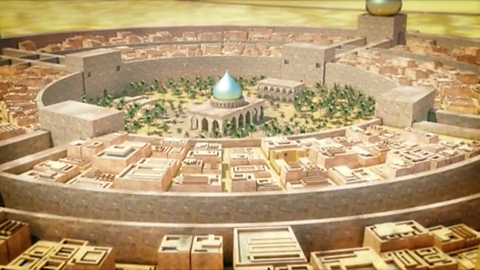
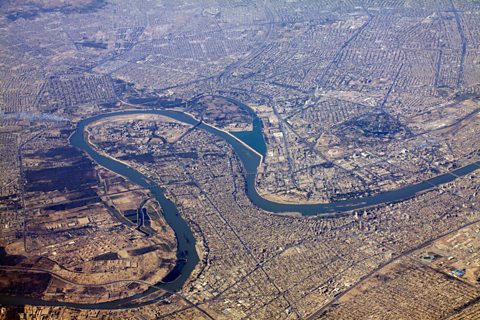
The River Tigris in Baghdad was used for trade, travel and irrigation (watering crops).
- Caliph Al-Mansur ordered the building of Baghdad between AD762 and AD767.
- Baghdad was also known as the Round City because it was built in a circle.
- Important buildings like the House of Wisdom and Caliph’s Palace were in the centre of the city. The House of Wisdom was a huge learning centre where people studied.

The River Tigris in Baghdad was used for trade, travel and irrigation (watering crops).
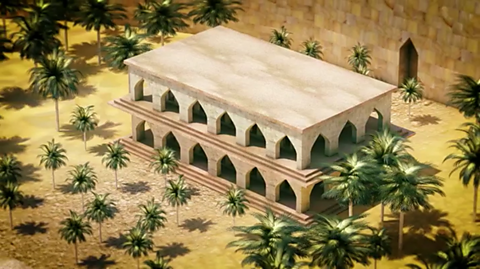
A hospital may have looked like this in the early Islamic period.
- The city was world famous as being a centre of learning with libraries and schools.
- It even had a hospital.
- There were around 1 million people living in Baghdad by AD900.
- This made it the largest city in the world at the time.
What were houses like?
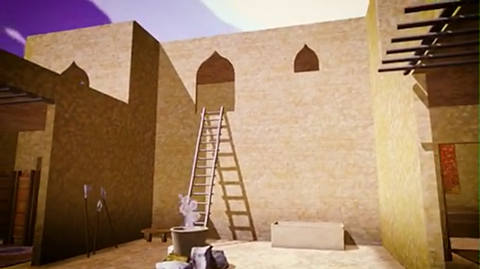
- Houses were built around a central courtyard. Sometimes it had a garden or fountain.
- Houses were built of mudbrick, stone or sometimes wood.
- They were painted outside.
- High ceilings helped when it was very hot.
- Wooden screens over windows helped to keep houses cool. They let air inside while keeping the sun’s heat out.

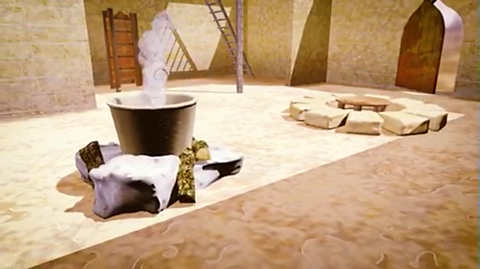
There were charcoal ovens that were used to bake bread.
The houses were decorated with textiles on the walls, screens and pottery.
People sat on carpets or low platforms which could be rolled out when needed.
Activity: Quiz – Early Islamic houses
Bitesize Primary games. gameBitesize Primary games
Play fun and educational primary games in science, maths, English, history, geography, art, computing and modern languages.

More on Islamic civilisation
Find out more by working through a topic
- count9 of 10
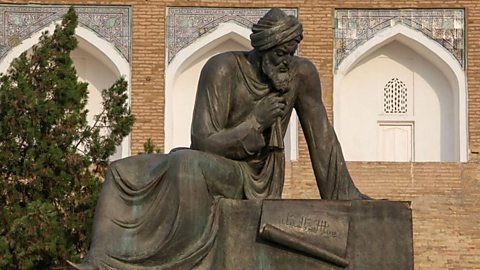
- count1 of 10
